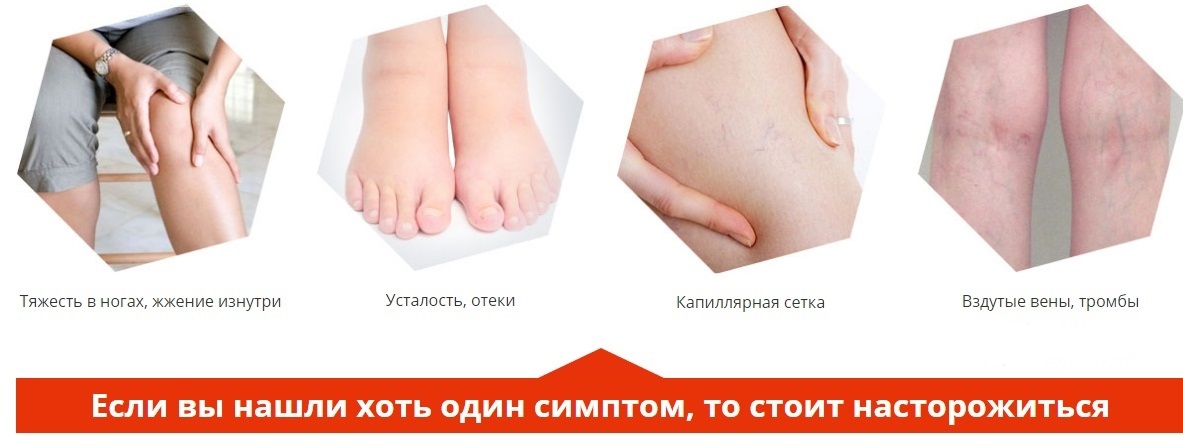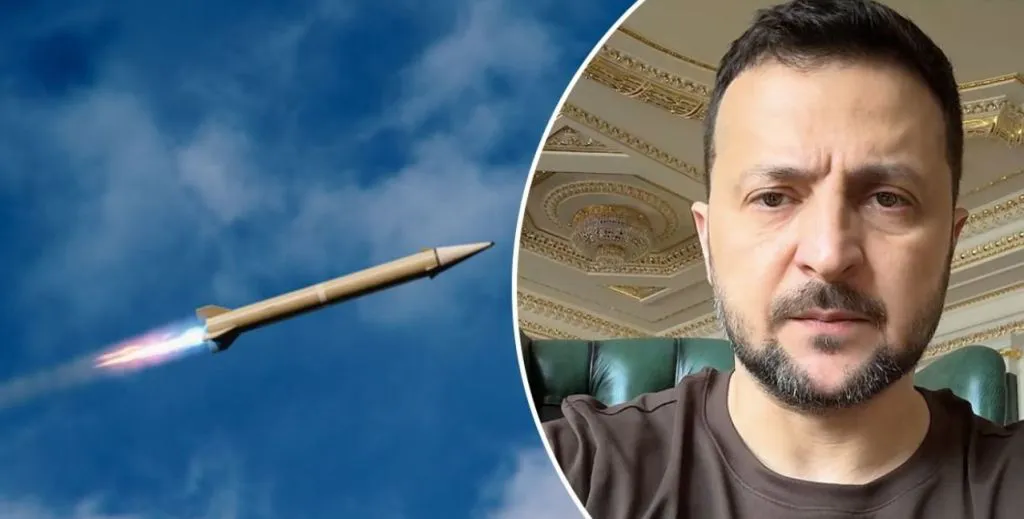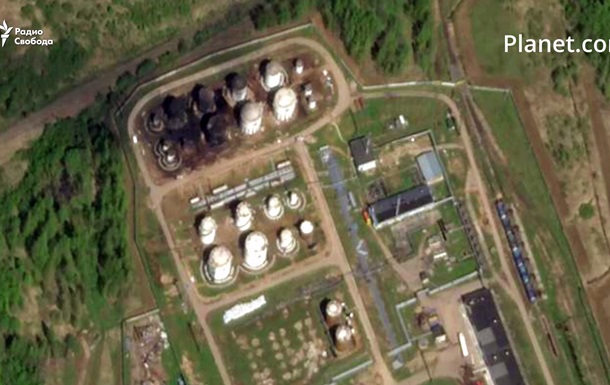Treatment Methods for Varicose Veins
Methods of treatment of varicose veins of the legs is a question that worries people who had to face an unpleasant disease. Not knowing what to expect, many delay going to the clinic, thus only aggravating the situation, leaving themselves the opportunity for a full-fledged life. At the same time, modern medicine allows in most cases to use sparing methods of treatment without resorting to surgical intervention in the literal sense. As a result, in many cases, the patient is allowed to return home on the day of the operation and undergo rehabilitation in the usual comfortable conditions.
Treatment of varicose veins of the lower extremities is different types of ablation (closure):
- Mechanical (devices are used that can destroy the walls of the vessel).
- Thermal (laser and radio ablation are produced).
- Chemical (burning and sealing with special preparations).
According to the results of the Doppler examination, the most suitable option is selected for treatment in each specific case.
Symptoms of varicose veins on the legs
Happy is he who is not familiar with an unpleasant ailment. At the same time, it is worth knowing the symptoms of varicose veins in order, if necessary, to recognize the disease in time and contact the clinic for treatment. After all, an advanced disease is not only ugly legs, but also serious problems. After the expansion of blood vessels, the opportunity to return them to their former state is lost, which is why treatment is necessary already at the first bells that appear.

Symptoms of the disease:
- Heaviness in the limbs, which usually manifests itself towards the end of the day.
- Burning in the muscles.
- Discomfort preventing sleep.
- Swelling that appears closer to the evening or after exertion.
- Paresthesia (feeling of discomfort, "tingles", impaired sensitivity).
- Itching itch.
- The appearance of "stars" or a vascular network.
If the first signs of varicose veins are ignored, other, more unpleasant manifestations of the disease may appear very soon:
- Pain in limbs.
- Eczema or dermatitis.
- Protrusion of blood vessels above the skin.
- Darkening of the skin.
- Trophic ulcers.
- Blockage or rupture of arteries.
Diagnosis of varicose veins
Diagnosis of varicose veins of the lower extremities is necessary for proper treatment:
- Duplex sonography - a diagnostic method that allows you to study the condition of superficial and deep veins within 20 minutes. It can be carried out with a preventive purpose.
If the ultrasound is not enough, the doctor still has questions - the following are additionally prescribed:
- Computed tomographic phlebography. The indication is unclear symptoms of the disease and differentiation of the diagnosis from the possibility of the presence of thrombosis. The introduction of a contrast agent allows you to see the general picture of the condition of the blood vessels of the lower extremities.
- Magnetic resonance venography. It is completely harmless to the body, as it does not cause ionizing radiation. It allows to assess the condition of the blood vessels through which the blood returns to the heart.
- Segmental dopplerographyI. The most simple but important method of examining varicose veins. It allows to study the condition of the arteries of the legs, to determine their patency and the possibility of narrowing.
Consultation of a phlebologist
 Consultation of a phlebologist is necessary not only for those who are worried about certain symptoms. With a preventive purpose, it will not be superfluous for people in the risk group:
Consultation of a phlebologist is necessary not only for those who are worried about certain symptoms. With a preventive purpose, it will not be superfluous for people in the risk group:
- With excess weight of any degree.
- With a hereditary predisposition to vasodilation.
- Leading a sedentary and unhealthy lifestyle.
- Pregnant, especially during the 2-3 trimester.
The innovative center of phlebology "Institute of veins" is qualified doctors specializing in leg health. You can make an appointment with a phlebologist at the phone numbers indicated on the website.
Reception is carried out as follows:
- History collection. The patient's condition is assessed based on the nature of the manifestation and duration of the reported symptoms. Genetic predisposition to vascular diseases is also taken into account.
- Inspection.
- Diagnostics. It is conducted in a medical center using innovative technologies.
- Appointment of treatment (minimally invasive, conservative, complex).


 153
153











